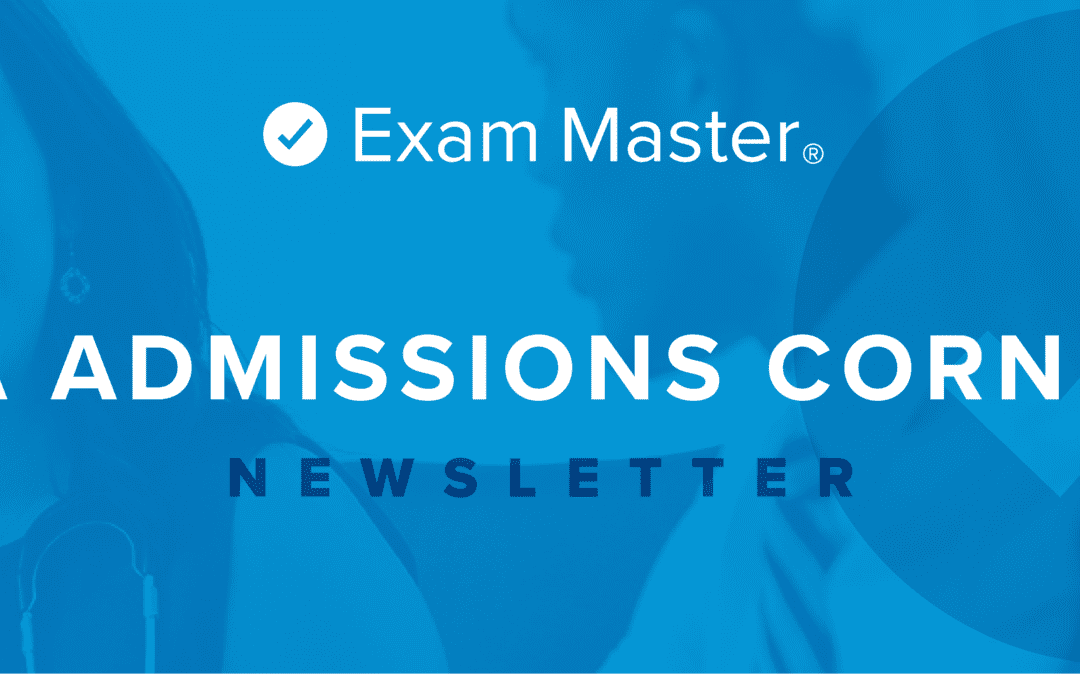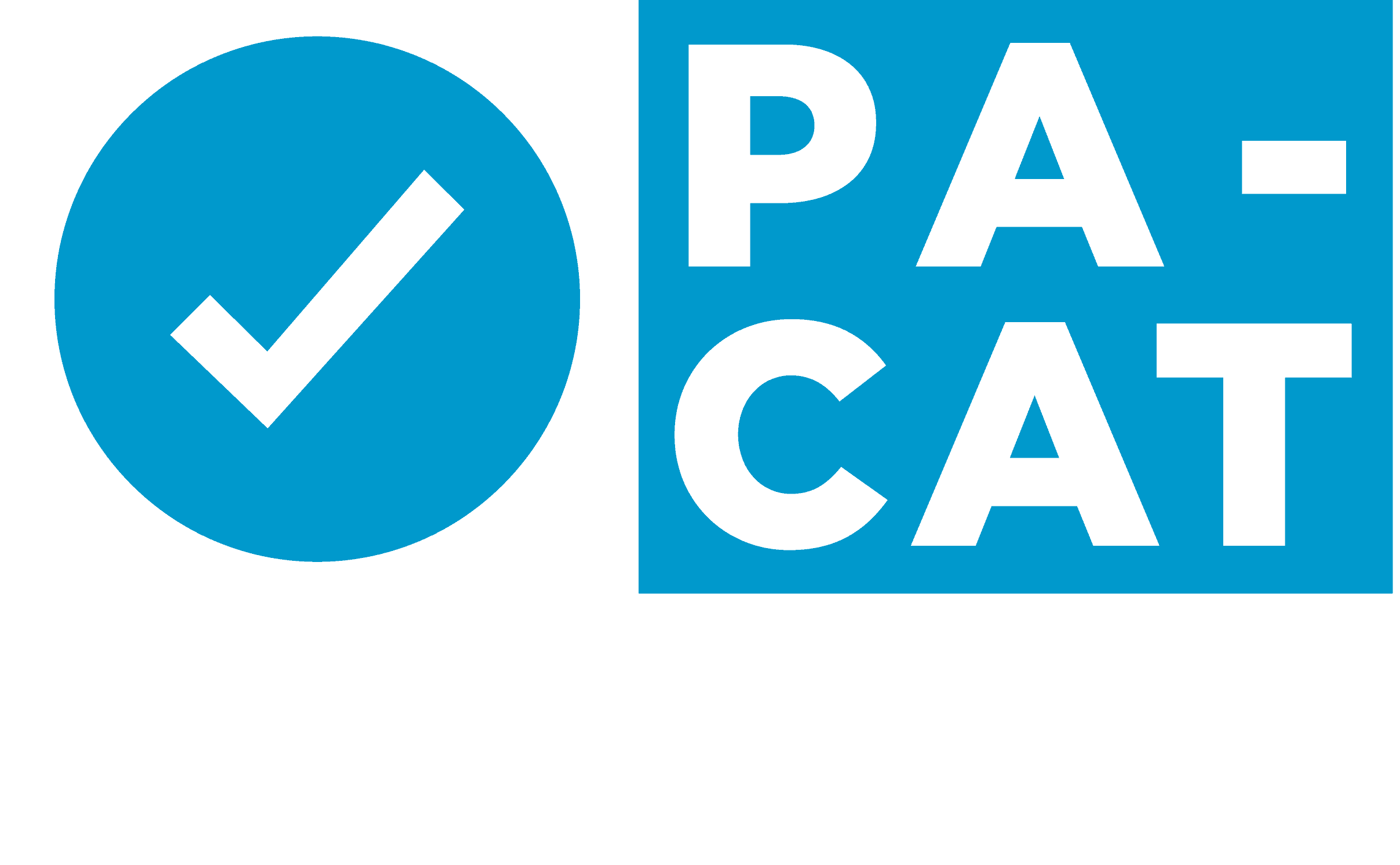Control Begins with Timing
When we talk about keeping control of the interview, what exactly do we mean? This “control” really means who is chasing who. Do you have plenty of applicants eager and excited to interview with your program? Then you are in control. Do you have to delve further and further down your waitlist or accept less-than-ideal candidates for interviews in hopes of meeting a target cohort number while your best applicants have already been tempted away by other programs? Then the applicants are in control. The best candidates can pick and choose, and another program has already won their affection and trust by beating you to the offer.
As previously discussed in Issue 3, applicant interviews can happen more expediently in a Rolling Admissions Cycle. A Rolling Admissions Cycle permits you to conduct interviews several times from April through October, giving your program a better chance of keeping more qualified and promising applicants. A slow or delayed interviewing process puts you at risk of losing those applicants to other programs. With widely available online technology that facilitates meetings with minimal expense and no travel, there is little preventing interviews from being highly flexible and timely.
The smart move is to identify ideal applicants early and move them through the interview—and hopefully acceptance—quickly, using high-contact communications to foster a sturdy relationship. And remember: applicants are interested in programs that are interested in them.
Making the Most of the Interview
So, you’ve got a great applicant lined up for an interview. Now, you only have a few hours to determine if this person is right for your program. Make the most of this opportunity through behavioral interviewing, group interviewing, and providing a welcoming atmosphere for students and their affinity groups.
Behavioral Interviewing
What kinds of questions will your interviewers ask?
- Why do you want to be a PA?
- Why do you want to help people?
- Why should we admit you to our program?
Your applicants will undoubtedly be able to answer those questions elegantly if they took some time to practice their coached prewritten response. But what does that tell you about the person? Only that they can memorize an answer, or maybe they’d make a fine stage actor.
For the last 20 years, we have instead recommended using behavioral interviewing. This type of question presents a situation to the applicant and asks them to respond, and those situations can be adapted to the applicant depending on their age and experience.
Some examples of behavioral questions:
- Tell me about a challenge you successfully met.
- Give me an example of when you had to work with someone who was difficult to get along with. Why was this person difficult? How did you handle this person?
- What tricks or techniques have you learned to make school or work easier, or to make yourself more effective? Where did you learn that strategy?
The applicant is then ranked based on factors like depth and complexity of their answers, stress tolerance, adaptability, and insight, instead of a memorized positive statement. We will examine the process of behavioral interviewing in-depth in an upcoming Issue of PA Admissions Corner.
Behavioral interviewing can more effectively identify applicant attributes. It has demonstrable effectiveness in the fields of business and psychology. It reduces interviewer bias (particularly when two or more interviewers’ scores are averaged). This approach can better discern how candidates have dealt with academic stress in the past, and it can identify how candidates can think through specific problems based on past performance.
A notable bonus to behavioral interviewing: not only does it help your interviewers find exceptional applicants, it also helps them eliminate unprofessional or unqualified applicants who would ultimately struggle or potentially complicate your program.
Group Interviews
In this method, your interviewers propose a question to a group of three applicants, then give them a finite amount of time (10-15 minutes) to solve or debate the issue. Group interviews let you observe how your applicants constructively interact with others, a valuable trait in a PA’s training and career. Group interviews can also identify red-flag behaviors among applicants. Our observation is that applicants with aggressive traits can’t conceal them when encountering this scenario.
There is a strong tendency for applicants with aggressive traits to want to overshadow their peers and show everyone that they are the best or the smartest. Excessively aggressive applicants consider interrupting, grandstanding, and criticizing to be their strengths. They are often unable to listen to instruction the first time and can’t tolerate constructive criticism.
Group interview observations provide crucial insights about how these applicants will act in your program. Regardless of high grades or other scores that look fine on paper, aggressive applicants can ultimately prove to be serious burdens in your program and should be strongly considered for rejection. Your program needs mature, professional students, not prima donnas.
Establishing a Welcoming Atmosphere
Having control of the interview process does not mean dominating it. Your applicants are interviewing you as much as you are interviewing them. Remember these pointers that promote high-touch communication, consideration of applicant feelings and concerns, and an atmosphere that builds trust.
1) Allow time for the applicant to ask questions. Outside of behavioral and group interviews, applicants need an opportunity to get answers from a devoted representative. If you are doing a large number of interviews over several days, we recommend setting up “stations” where applicants can meet and get answers from people, like:
-
-
- Current Students
- Financial Aid
- Program Director
- Campus Services (representatives who can answer questions about housing, the surrounding area, etc.)
These types of interview stations can be conducted in group meetings or online, with prearranged meeting times that applicants can join in to “Meet the Director” or have a “Q&A with Financial Aid.”
2) Remember the affinity group. Applicants may be accompanied by parents, partners, or other important people in their lives. These people will likely play a part in the decision process and should be welcomed and encouraged to ask questions of their own. Adding a dedicated station or Q&A session just for affinity group members (while the applicant is in their interview, for example) is a memorable way to make an impression.
3) Display the professionalism, efficiency, and respect you expect in return. Your goal is to learn who your applicants are and if they’ll fit well in your program, not to criticize, demean, or analyze them under a microscope. Applicant questions should always be answered honestly: this builds trust, and people are remarkably good at detecting when they’re being misled. Meanwhile, the prospective applicant is watching your program for signs of disorganization and disinterest. A bad experience in the interview process can undermine their view of your entire program.
Generally, upon leaving the interview phase, an applicant has already decided whether or not they want to attend your program. Don’t waste this opportunity to prove that your program is the right choice!
Are You in Control?
Examine your interview process to see if you are exercising these effective ways to take control and keep it
- Get the timing right! Get those interviews started early in the Admissions Cycle. Waiting too long means losing applicants to programs that move faster and express more interest.
- Use behavioral and group interviewing techniques. These interview styles will tell you far more about applicants than standard questions with easily rehearsed answers. You can take note of exceptional applicants while dismissing those revealing red-flag behaviors.
- Interview and be interviewed. Remember to answer questions, make your program accessible and welcoming, and ensure that your ideal applicants leave the interview process excited by the idea of matriculating with your school.
NEXT TIME…
In the next Issue of PA Admissions Corner, we’ll be talking about controlling your Applicant Ranking Rubric. We’ll examine what data is important to your program’s vision and mission and how to evaluate it.
To your admissions and program success,
Jim Pearson, CEO
Exam Master
Dr. Scott Massey Ph.D., PA-C
Scott Massey LLC


